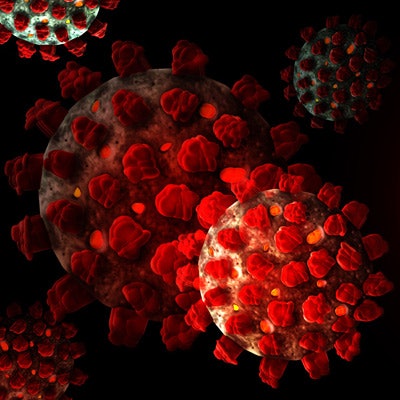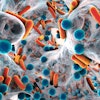
A rash inside the mouth may be the newest symptom of SARS-CoV-2 infection, according to a research letter published online July 15 in JAMA Dermatology. The mucocutaneous lesions appeared in patients at a mean of about 12 days after other virus symptoms began.
While rashes on the skin have been reported previously as a symptom of the novel coronavirus and some evidence has suggested the infection causes oral ulcers, there has been no mention of enanthems. They present as small spots on mucous membranes, often in patients with viral infections. As a precaution, dentists may want to examine thoroughly patients' oral cavities for lesions or rashes prior to performing other procedures.
"The presence of enanthem is a strong clue that suggests a viral etiology," wrote the authors, led by Juan Jimenez-Cauhe, MD, of the dermatology department at the Hospital Universitario Ramon y Cajal, Carretera Colmenar Viejo in Madrid.
Worldwide, more than 14.5 million people have been diagnosed with COVID-19, about 608,000 have died from the disease, and cases continue to climb in countries including the U.S. As researchers race to find treatments and develop vaccines, the list of symptoms of the novel coronavirus has grown. Initially, fever, sore throat, and headache were the most common signs of SARS-CoV-2 infection. Diarrhea, loss of taste and smell, and skin conditions, including vasculitis and chicken pox-like lesions, were included. Soon, it may be time to add oral manifestations to the list.
Variants of enanthem have been found in six of 21 patients who were admitted to the hospital with confirmed diagnoses of COVID-19 and skin rashes, according to the authors. The patients were between the ages of 40 and 69, and four of the six were women.
Same but different
One patient's rash was macular, two patients had petechial enanthem, and three patients had both types. The rashes were found in the patients' palates, according to the authors.
The average time between COVID-19 symptom onset and lesion appearance was shorter in patients with petechial enanthem than in those with a macular lesion with petechiae appearance. Neither the patients' drug intake nor their lab results showed a link to the rashes.
Patients may develop rashes due to viruses and adverse reactions to medications. Most of the time they are caused by viruses.
A distinguishing characteristic of virus-associated rashes is the presence of oral cavity lesions. Erythemato-vesicular and petechial patterns have been associated most commonly with viral infections, with the latter being more frequently found in adults. This is consistent with 83% of patients in this study who had petechiae as a main component of the enanthem. Additionally, the two patients who had petechial enanthem developed the lesions two days before and two days after the onset of COVID-19 symptoms, which makes it unlikely that they were caused by a drug reaction, they wrote.
The current study was limited due to the small number of cases, including the lack of a control group, the authors noted.
"Despite the increasing reports of skin rashes in patients with COVID-19, establishing an etiological diagnosis is challenging," they wrote.


















